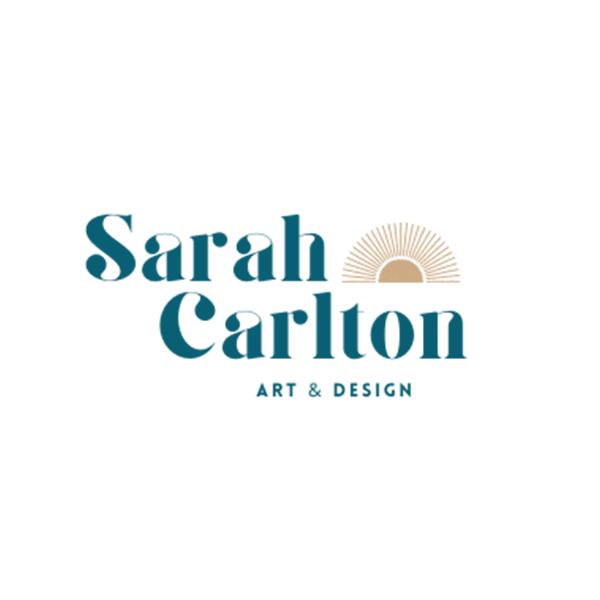How I Make Art Prints at Home.
If you are an Artist, the chances are at some point you’ve thought about making art prints of your work.
When I first started looking into doing this I realised what a minefield of information there is. I thought I would break down years of research into a few stages, a kind of overview of how I make my prints at home.
The information I provide is what works for me, however, It will still be necessary for you to do a bit of experimentation to find the way that suits you.
The whole process can be roughly broken down into 4 sections;
IMAGE CAPTURE
EDITING SOFTWARE
PRINTERS
PRINTING PAPERS
IMAGE CAPTURE
The first step is to get your work into a digital format. The work can be photographed or scanned. It needs to be a high quality (high resolution) image to be able to make good quality prints.
Phone photography is great for social media but for sending files to be printed you’ll need to invest in a DSLR camera.
When I started to look into digital camera’s I was overwhelmed with the choice and level of learning involved to get good art photography. It also meant investing in a good lighting set up, which on top of purchasing my own printer wasn’t really viable for me.
I decided to go with scanning my art instead, especially as my work is generally sized A3 or smaller.
I purchased a Canon LiDE 300 to get me started. It has an A4 bed for scanning my work.
ABOUT DPI
DPI, or dots per inch, is a measurement of the quality of the scan. The Canon LiDE 300 has the ability to scan at 600dpi - I scan all my work at this setting.
The higher the dpi, the better quality the scan is.
If you are planning to make enlargements of your work I would suggest scanning at 600 dpi. For prints as the same size as the original or smaller 300 will be sufficient.
SIDE NOTE - the higher the dpi, the larger your file size will be. Worth consideration for storing your art files for print. I use an external hard drive.
Setup of a scanner is fairly straightforward, when the art has been scanned I save it as a TIFF file on my computer which then brings me to;
PHOTO EDITING SOFTWARE
My editing is done in Adobe Photoshop. There are free software options available, like GIMP (the GNU Image Manipulation Program) . I use Adobe for my pattern designs so I’ve learnt my way around it.
The basic edits I do are;
White levels
Remove the background (if necessary) Spot removal/clone stamp tool edit Hue/Saturation
Brightness/contrast
My scanner does a pretty good job of capturing the colours, it often takes a simple white level enhancement.
Once I’m happy with what I see on the screen I get the file ready for saving and printing.
I check the image size and adjust accordingly then save as a PNG file.
YOUR FILE IS READY FOR PRINTING - IF YOU DON’T HAVE YOUR OWN PRINTER YOU CAN SEND THE DIGITAL FILE TO AN ONLINE SERVICE OR LOCAL FINE ART PRINTERS FOR THIS.
PRINTERS AND PRINTING
As you have put work into producing a nice quality print file I'm sad to say that a standard ‘at home’ printer won’t give you the results you’re looking for. You’ll need a good inkjet printer that will make your work sing!
After A LOT of deliberation I decided on a Canon Pixma Pro 100s for my printing. When choosing a printer you’ll need to choose to look for one which carries at least a colour system of 6 ink cartridges (they run up to 10) The Pixma pro has 8 and prints up to size A3+.
It is a rather large investment to have your own printer, but if you see yourself in it for the long game it will pay itself off. I also like that I have full control over the quality of the prints and can print quickly after a purchase has come through.
It may be worth factoring in the cost of replacement ink cartridges too.
WHICH PAPER DO I USE?
Quality prints ask for fine art quality paper. You’ll need to look for acid free (to avoid yellowing) matt finish. After that it is personal preference. The brands I regularly use are Ilford Smooth Cotton Rag and Canson Infinity Rag Photographique.
Tip - test a small 4x6 print first before larger sizes, less waste of expensive papers if further colour correction is necessary!
Final thoughts,
Being able to produce your own prints has many pro’s and con’s. It is an investment financially and requires a fair amount of research to determine what will fit your personal needs.
I’ve managed to find a balance between printing smaller sizes at home and outsourcing the larger formats to a local gallery/printer.
I hope the info above is of some use if you are thinking of doing your own prints.



